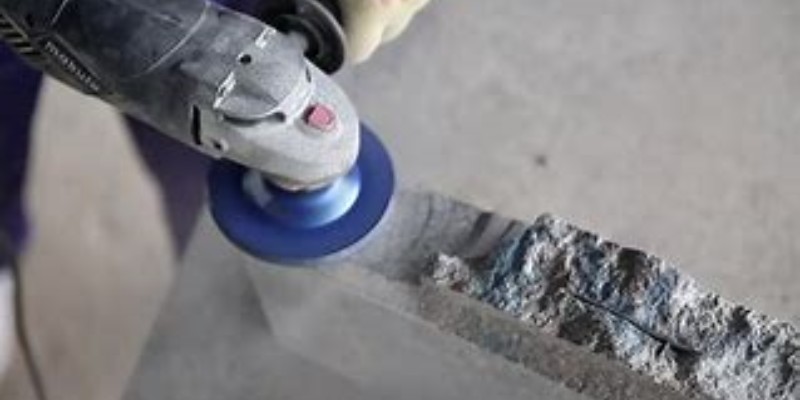The use of diamonds for grinding and polishing can be traced back thousands of years. In ancient civilizations, natural diamond crystals were mounted onto rudimentary tools to achieve rough surface finishes. These early tools harnessed the natural hardness of diamonds to abrade and shape materials.
During the 20th century, industrial diamond tools made significant advancements due to the development of synthetic diamonds. With the discovery of high-pressure, high-temperature (HPHT) and chemical vapor deposition (CVD) methods, synthetic diamonds became more accessible and affordable.
To enhance the performance and durability of diamond grinding tools, bonding techniques were introduced. In the early days, diamond particles were embedded in a metal matrix, such as bronze or copper. This bonding method provided improved stability and facilitated prolonged usage of the tools.
In the mid-20th century, resin bonds were introduced, revolutionizing the diamond grinding tool industry. Resin bonds offered enhanced precision, increased tool life, and improved surface finishes. This breakthrough allowed for greater control over the cutting process, leading to more efficient and accurate results.

As industries became more specialized, diamond grinding tools were designed to meet specific application requirements. Different tool shapes, sizes, and configurations were developed for tasks such as concrete grinding, stone polishing, metal grinding, and more. These tailored designs optimized performance and efficiency in their respective fields.
The introduction of advanced coating technologies further improved the performance and lifespan of diamond grinding tools. Thin film coatings, such as polycrystalline diamond (PCD), were applied to the tool surfaces, enhancing their overall cutting ability, heat resistance, and durability. These coatings allowed for more effective material removal and prolonged tool life.
Modern diamond grinding tools have evolved to incorporate precision engineering and automation. Computer numerical control (CNC) systems and robotic technology enable precise control of tool movements, resulting in highly accurate and repeatable grinding processes. This advancement has significantly increased productivity and consistency in various industries.
Today, diamond grinding tool manufacturers continue to innovate by exploring new tool materials and compositions. Nanodiamonds, microcrystalline diamonds, and engineered diamond composites are being developed to further improve cutting performance, durability, and versatility in challenging applications.